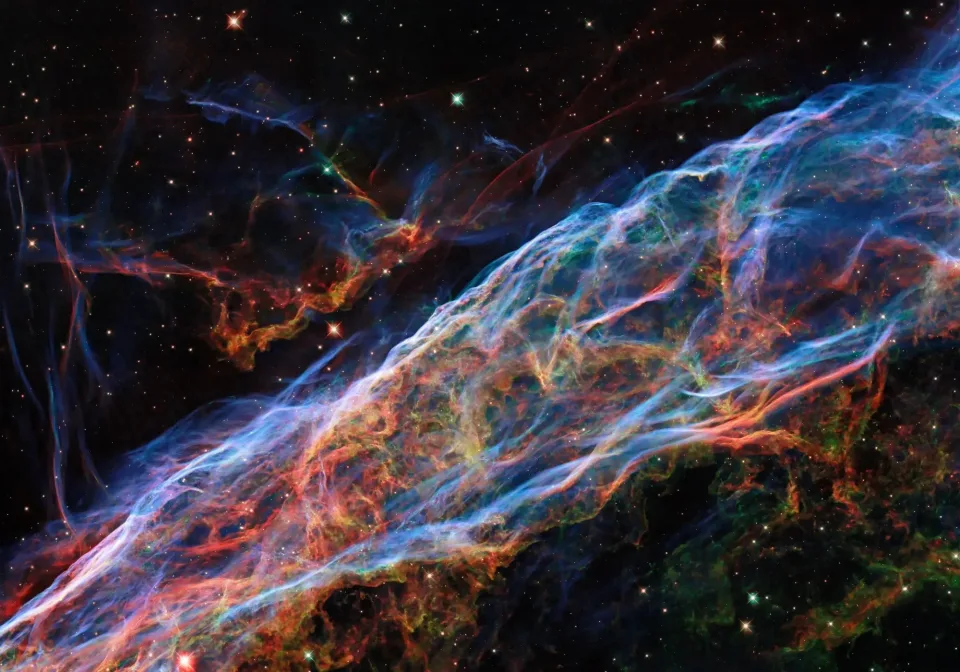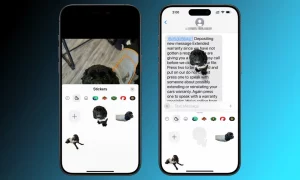A sounding rocket carrying a specialized imaging and spectroscopy instrument is set to embark on a brief journey to space on Sunday night with the aim of gathering data on the well-known supernova remnant in the Cygnus constellation, known as the Cygnus Loop or Veil Nebula. This expansive cloud of dust and gas, formed around 20,000 years ago after a star’s explosive death, continues to expand.
NASA’s mission is scheduled to launch at 11:35 PM ET on Sunday, October 29, from the White Sands Missile Range in New Mexico. The Integral Field Ultraviolet Spectroscopic Experiment (INFUSE) will observe the Cygnus Loop for a few minutes, capturing far-ultraviolet wavelengths of light to reveal gases with temperatures ranging from 90,000 to 540,000 degrees Fahrenheit. The mission is expected to reach an altitude of approximately 150 miles before safely returning to Earth.
Situated about 2,600 light-years away, the Cygnus Loop originated from the collapse of a star believed to be 20 times the size of our sun. Since the aftermath of this event is still unfolding, with the cloud expanding at a rate of 930,000 miles per hour, it provides an excellent opportunity to study how supernovae influence the formation of new star systems. Brian Fleming, principal investigator for the INFUSE mission, stated, “Supernovae like the one that created the Cygnus Loop have a huge impact on how galaxies form.” INFUSE will observe the supernova’s energy injection into the Milky Way by capturing light emitted as the blast wave encounters pockets of cold gas dispersed throughout the galaxy. Following INFUSE’s return to the ground and data collection, the team plans to refurbish the instrument for future launches.




